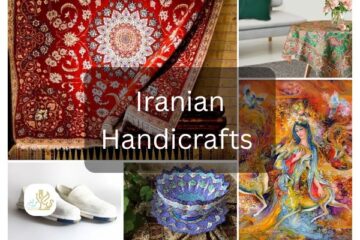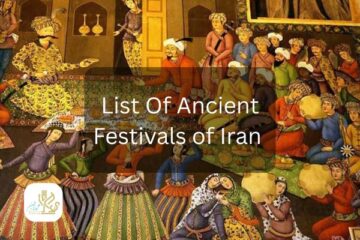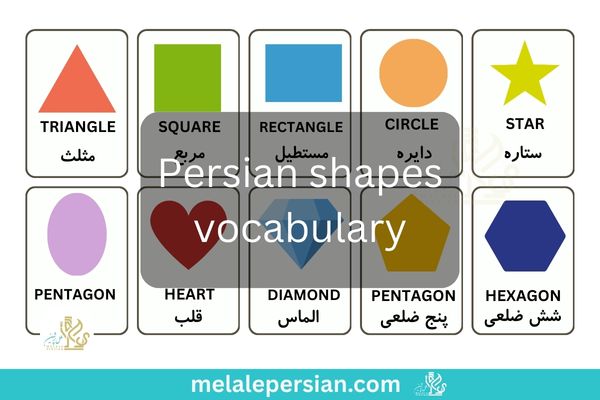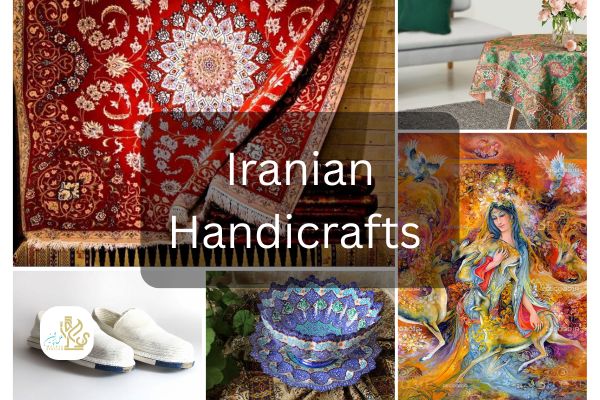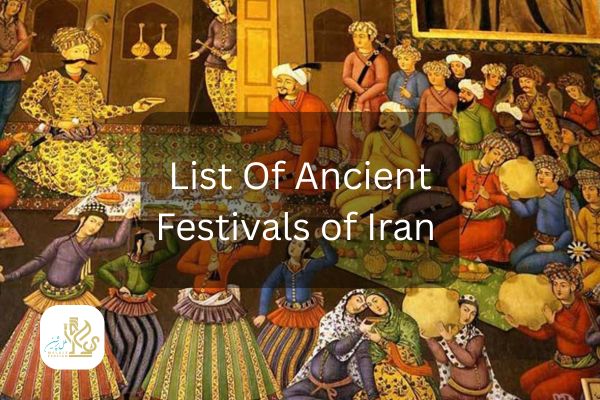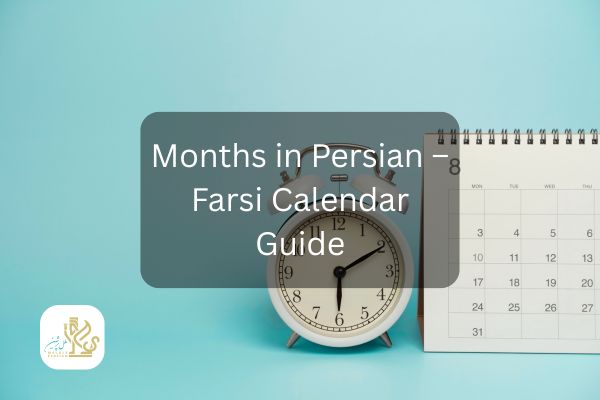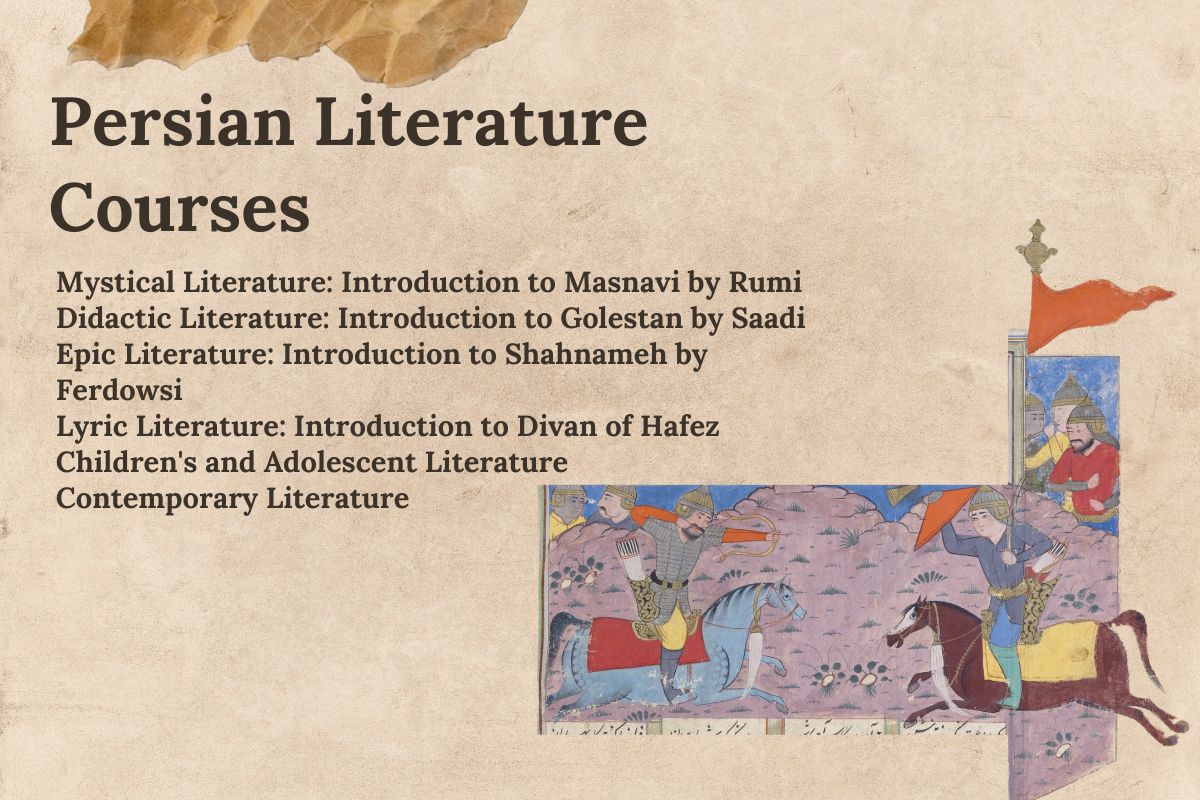The extent of this geographical region includes the civilization area of the Iranian Plateau and its surrounding planes, including Iran, a large part of the Caucasus and Central Asia, often referred to, in European languages, as Great Persia. The historical application of Persian influence affects the entire area of the political boundaries once controlled by Persians, including Mesopotamia, a large part of Armenia, and the southern Caucasus.
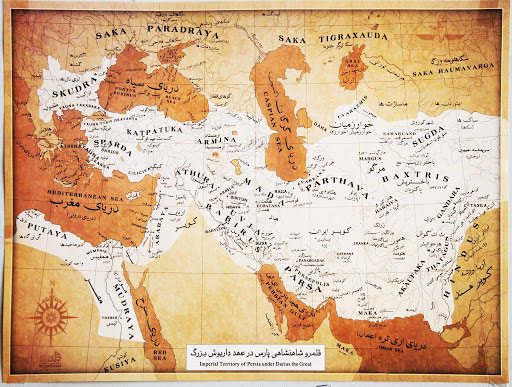
The unique geographical location of the Iranian Plateau has turned it into a bridge that was once used as a migration path by hunter-gathered humans traveling from the west (Africa Sahara) to east (southern Asia) and therefore, turned the Iranian Plateau into an important intersection for large civilizations. For example, the discovery of dwellings, dating to more than 8 thousand years ago in Asia strengthens this belief that humans have lived in Iran since those times. The oldest discovered human dwelling in Iran is Darband Rashi Cave. According to recent studies, this cave has been used as a dwelling by stone-age hunters more than 200 thousand years ago. The Neolithic period in Persia expands from 10,000 years ago to nearly 7,500 years ago. Due to the cold climate, the Neolithic period took thousands of years to reach Iranian Plateau from the Fertile crescent, creating the possibility of agriculture. The Neolithic period dwellings in Iran are all located in places with the possibility of dry farming.
The painted potteries belonging to around 3500BC discovered in Shush as part of Elam, indicate an advanced age of geographical designs, and the formation of specific styles based on human and animal motifs. At around 2700BC, the Elamite dynasty was formed with its capital at Susa. In 639 BC, Ashurbanipal, the Assyrian king, defeated Elam and sacked Susa. Elam was never manifested as an independent power after this defeat.
According to the current historical theories, the tribes calling themselves “Aryans” migrated into the Iranian Plateau at the end of the 2nd millennia BC. Aryan is translated as honorable and noble and investigating the roots of their mythology and language shows a close relationship with people in India. Both people certainly refer to themselves as Aryan.
The root of the global Achaemenid Empire was the formation of the Medes government in Iran and the realign of Cyaxares, as the most powerful Medes king (633 BC to 584 BC). He formed a kingdom expanding the entirety of Iran and introduced Persia as an influential power on the global stage. According to some historians, he is the real founder of the Medes government and the real architect of the Persian Empire.
Persia emerged as a global empire during the Achaemenid Empire (550BC to 330 BC) with its roots found in Medes tribes. By the end of the 8th century BC, Medes people in western Iran gathered together and created a union of Mede tribes. They thus increased their might, attacking and fighting the Assyrians. They finally defeated the Assyrians after a war lasting nearly 100 years and created a government that lasted for 120 years and was defeated by Cyrus the Great, who became the founder of the Achaemenid empire. The emperors during this dynasty were of Persian descent and tranced their ancestry to Achaemenes, the ruler of the Pasargadae clan of the Persian clans.
This important occurrence in the ancient world was followed by tremendous results. More than 49 million people from the approximate 112 million population of the world at that time lived in lands ruled by Achaemenid Empire. The 220-years-old reign of this empire was possible through religious acceptance and tolerance, based on the beliefs of that era. In regards to architecture, the Persepolis, which was one of the capitals of the empire, is a symbol of unity and coexistence of various people in that era. Architects from various parts of the empire had participated in the construction of Persepolis.
The reign of Persians and the Achaemenid dynasty is one of the most important events of ancient history. Achaemenid Empire is known as the first empire in the world. Religious acceptance and tolerance were one of the major characteristics of the Achaemenid Empire. More than 49 million 112 million population of the world at that time lived in that area and, during the reign of the Achaemenid Empire, more than thirty different ethnicities were ruled by the empire.
The Achaemenid lands were extremely large, expanding from Indus valley in India to Nile River in Egypt, and Benghazi region in modern-day Lydia, and from Danube River in Europe to Central Asia. Numerous people with different cultures and customs lived in this large area and each celebrated their local and ethylic culture. The main characteristic of the empire was respecting personal and ethnic freedom, the celebration of law and order, encouragement of local arts and culture, and promoting trade and arts.
Carl Stolze writes: “The importance of a large civilization such as Achaemenid civilization cannot be determined simply based on its influence. In fact, the importance of such a civilization is precisely in the power enabling it to gather all of its various parts under a unified whole”.
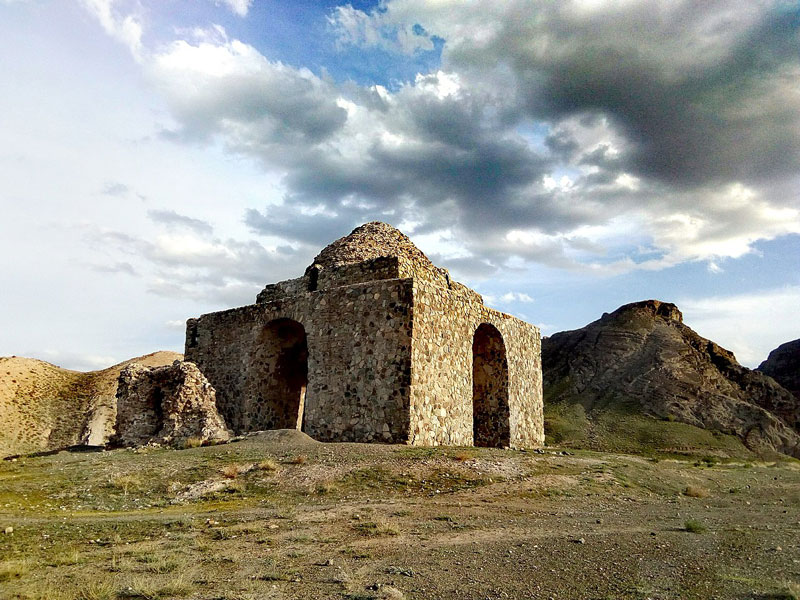
Near Marvdasht city, in modern-day Fars province, is the city of Pārsa, which contains the large structure of Persepolis. This city and its structures were constructed during the reigns of Darius the Great, Xerxes I and Artaxerxes I. Persepolis had been a set of palaces and the tablets and inscriptions found in its buildings and other areas enable us to understand the background and culture of the Achaemenid empire.
Persepolis is located on a stone platform, 8 to 18 meters higher than the height of Marvdasht. Persepolis’ dimensions include 455 meters (on the western side), 300 meters (on the northern side), 430 meters (on the eastern side) and 390 meters (on the southern side). This means that the length of Persepolis is equal to that of Acropolis in Athens but its width is four to five times that of Acropolis. The total area of Persepolis’ palaces equals around 125 thousand square meters.
During approximately 200 years of the Achaemenid Empire, Persepolis was under construction for around 120 years. Artists, masters, workers, men and women participated in the construction of this great architectural structure; during which, other than normal wages, they were offered bonuses similar to insurance. One of the architectural aspects of the Persepolis is the use of golden ratio for the ratio between doorway heights to their width and the height of colins to the distance between two columns. The golden ratio is an important geometrical ratio often found in nature. This indicates the art and skill of ancient Persian architecture.
Alexander of Macedon passed away few years after conquering the entire Achaemenid empire and, due to his lack of a successor, his lands were divided between his generals. At around 320 BC, the Seleucid empire was founded by Seleucus I Nicator in the eastern part of Alexander’s empire, including Iran.
Seleucid Empire, as a foreign power controlling Persia, was later overthrown by the Parthians. After which, Parthians furled as a Persian political and cultural power in areas including modern-day Iran as well as a large part of western Asia and the Middle-east. During this era, the east and west parts of the world were connected through an important trade route. This trade route, known as the Silk Road, passed through a large part of the Parthian empire, turning the Parthian lands into a route connecting the Roman Republic (later Roman Empire), the Mediterranean region and empires of China.
The Hellenistic traditions of the Seleucid empire were prominent during the benign of Parthian empire and part of these traditions were accepted by the Parthian court. With the increase in the age of the Parthian empire, Persia went through a cultural Renaissance and Persian traditions slowly overcome Hellenistic ones. The Parthian rulers called themselves “King of Kings” which indicates their claim to be the successors of the Achaemenid Empire.
Regarding the system of government, the Parthian empire had notable differences from Achaemenid Empire. During the Achaemenid empire, local rulers were selected by the central government but during Parthian empires, provinces were controlled by small and larger Satraps which were inherited titles. Although some military outposts existed similar to the past, they had less independence compared to their Achaemenid counterparts.
During that time, Persia had some form of assembly, the first round of which began in 173BC. These assembly meetings were later known as Mehestan and included a combined council of princes and clan elders. The first decision of this assembly was the selection of the king and the power to remove the king was also given to the assembly under conditions of treason, incompetence, madness, severe diseases, and disability.
The next dynasty, which ruled Persia until the Arab invasion was the Sassanid Empire also known as Iranshahr. This dynasty ruled Persia from 224CE to 651CE, for a total of 427 years. This dynasty was from the Sassanid heritage. During the Sassanid empire, we witness development and expansion in Persian culture, arts, and architecture. Sassanids had Persian heritage and controlled a geographical area including current Iran as well as a large part of Western Asia and were known as one of the superpowers of the ancient world for around 400 years along with Byzantine Empire. Persia during the Sassanid empire greatly influenced Roman culture.
The influence of Sassanids was not limited to Persian borders. Instead, their influence reached India, China, western Europe, and Africa. Sassanids played a prominent role in the formation of European and Asian artworks during Middle Ages. The majority of what today is known as the golden Islamic area of art, architecture, music, and other forms of art was transferred from Sassanids to the Islamic world. The official religion of the Sassanid empire was Zoroastrianism and Avestan and Zarthost formed the mythological and theological basis of Sassanid rule.
Shapur I, one of the Sassanid kings, had numerous development plans. He ordered the construction of the first dam bridge in Iran and founded various cities, some of which were populated by refugees from Roman lands. Among these refugees were Christians who could freely practice their religion under Sassanid rule.
Yazdegerd III, the last Sassanid ruler, ascended to the throne in the spring of 632CE. In the same year, the first aggressive Arabic tribes, now united under the banner of Islam, reached Sassanid lands. Due to the initial pressure applied by Arab armies, Sassanids failed to provide any effective resistance. The unexpected fall of the Sassanid empire ended in five years and the majority of its lands were added to the Islamic Khalifate. However, most Persian cities resisted Muslim invaders and fought them many times.







